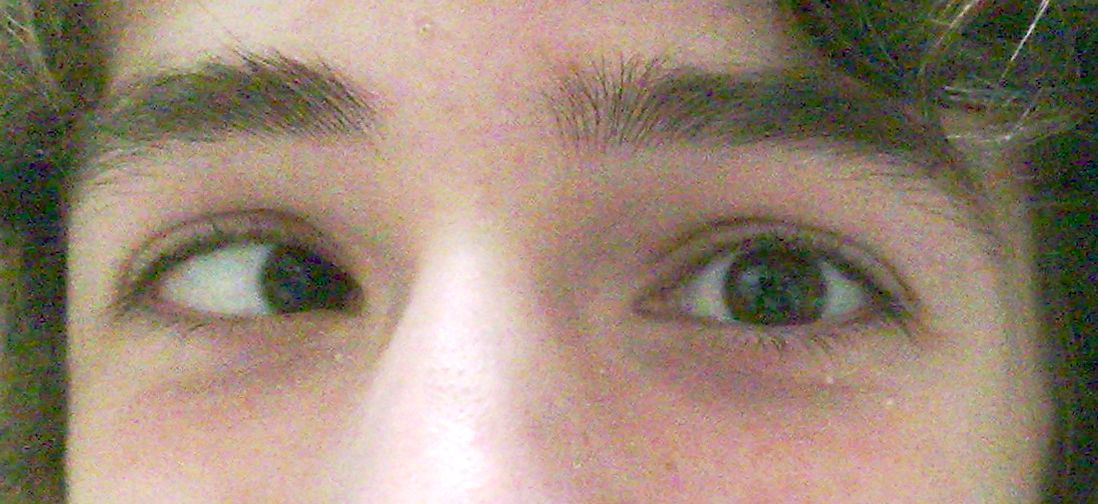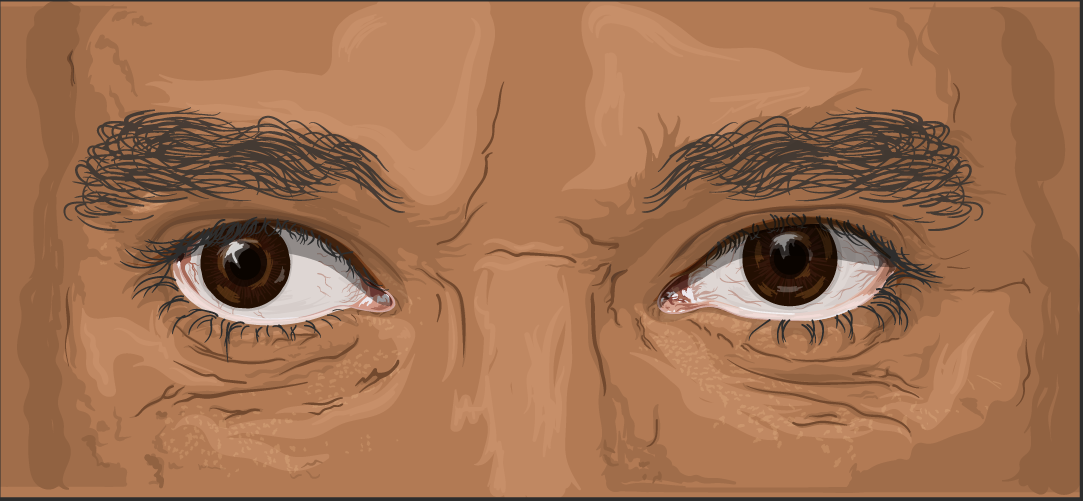Strabismus
also known as Crossed Eyes
Last updated August 5, 2025
Medical information on this page is for educational purposes only and is not a substitute for professional medical advice, diagnosis or treatment.
See our Terms & Conditions and Consent for Telemedicine for details.




Overview
Strabismus is the medical term for eyes that are not aligned in the same direction. One eye may turn in (esotropia), out (exotropia), up (hypertropia) or down (hypotropia). About 2-4 % of children are affected, but adults can also develop it after injury or neurologic disease.1 When the eyes point different ways, the brain receives two conflicting images and may suppress (ignore) one to avoid double vision, leading to amblyopia (“lazy eye”) if not treated early.2 Rapid diagnosis and coordinated care by a pediatric ophthalmologist or strabismus specialist can restore alignment, improve depth perception and boost self-confidence.3
Symptoms
Signs vary with age and the direction of the turn, but common symptoms include:
- Visible eye turn—constant or intermittent, especially when tired or focusing on near objects.1
- Double vision, eye strain, or headaches in older children and adults.4
- Closing or covering one eye, head tilt or face turn to compensate.
- Poor depth perception and clumsiness.
- In babies, wandering or shaking eyes warrant evaluation if persisting past 4–6 months.
Because young brains adapt quickly, parents may not notice complaints—routine screenings help catch subtle cases early.
Causes and Risk Factors
Strabismus results when the six extra-ocular muscles or the nerves that drive them fail to work together. Important contributors are:
- Genetics: a first-degree relative with strabismus quadruples risk.11
- Uncorrected farsightedness (hyperopia): the focusing effort can pull the eyes inward.1
- Prematurity, low birth weight, or neonatal intensive-care stay.
- Neurologic disorders (cerebral palsy, Down syndrome, stroke) and cranial nerve palsies.
- Trauma, orbital tumors, or thyroid eye disease.
- Emerging research links rare gene variants involved in early neural development to familial strabismus.5
Childhood Strabismus Risk Score
Enter your details in the following fields to calculate your risk
Risk Level
Recommendation
Diagnosis
A comprehensive eye exam is the cornerstone of diagnosis:
- Visual acuity and refraction to detect amblyopia and refractive errors.2
- Cover–uncover and alternate cover tests measure the angle of deviation in different gaze positions.
- Hirschberg corneal light reflex and Worth 4-dot test evaluate fusion.
- Slit-lamp and dilated retinal exam rule out cataract, retinal pathology or nerve swelling.11
- Neuro-imaging (MRI/CT) is reserved for sudden onset, neurologic signs, or suspected mass.
Early referral to a strabismus or pediatric ophthalmology clinic speeds tailored care and reduces vision loss.
Treatment and Management
Therapy is individualized and often combines several approaches:
- Corrective lenses or prisms to reduce accommodative effort and realign eyes.8
- Patching or atropine drops for the stronger eye to stimulate the weaker eye (amblyopia therapy).
- Vision therapy/orthoptics—guided eye exercises for convergence or fusion deficits.
- Botulinum toxin injection temporarily weakens overactive muscles in select cases.
- Eye-muscle surgery (recession, resection, or adjustable sutures) re-balances pull and is usually outpatient with rapid recovery.7
- Newer adjustable and minimally invasive techniques improve precision and may reduce re-operation rates.
Most children need follow-up through visual-development years to fine-tune alignment and depth perception.
Living with Strabismus and Prevention
Although strabismus cannot always be prevented, you can lower its impact:
- Vision screening: handheld devices supported by the National Eye Institute can detect subtle misalignment in preschoolers and speed referral.6
- Regular eye exams—first at birth if high-risk, then at ages 3, 5, and every 1–2 years thereafter.
- Protect eyes with poly-carbonate sports eyewear to avoid traumatic strabismus.
- Engage support networks: specialized pediatric ophthalmology services often include orthoptists and counselors to help families adapt.10
- Encourage good lighting and breaks from close-up digital work to reduce eye strain.
With early care, most children achieve functional binocular vision and adults gain cosmetic and psychosocial benefits.
Latest Research & Developments
Innovations are rapidly expanding therapeutic options:
- Gene discovery: Mayo Clinic researchers used exome sequencing to identify variants in early neural development genes that may predispose to familial esotropia.9
- Neuro-plasticity studies funded by the NEI are exploring pharmacologic and VR-based therapies to reopen critical periods and improve adult fusion.5
- Adjustable, absorbable sutures and robotic assistance are refining surgical accuracy.
- AI-powered screening cameras aim to flag ocular misalignment in one-second scans during school physicals.
- Extended-release botulinum formulations in phase 3 trials may lengthen injection intervals for complicated cases.
Recently Published in Peer-Reviewed Journals
Journal of AAPOS : the official publication of the American Association for Pediatric Ophthalmology and Strabismus
July 29, 2025
Strabismus patterns and surgical results in teprotumumab-treated thyroid eye disease: insights from a single-center study.
Walsh HL, Aldhahwani B, Tibi C, et al.
Journal of AAPOS : the official publication of the American Association for Pediatric Ophthalmology and Strabismus
July 28, 2025
Combined strabismus and cataract surgery in adults with longstanding horizontal strabismus and coexisting senile cataract.
Bisani A, Chandrasekaran A, Settu S, et al.
BMC ophthalmology
July 28, 2025
Clinical research on the application of AI-assisted computing systems in the treatment of intermittent exotropia.
Li T, Han Z, Xiong S, et al.
Next Steps
If you notice persistent eye turning, double vision, or a child failing vision screening, book an appointment with a pediatric ophthalmologist or strabismus specialist—these physicians have extra training in eye-muscle disorders.11 Adults with new-onset misalignment should not delay, as underlying neurologic causes require prompt care.4
How to schedule: Your primary eye-care provider can refer you, but many practices allow self-referral. Strabismus clinics often offer surgery counseling and vision-therapy sessions in the same visit. You can also connect directly to a board-certified subspecialist through Kerbside for timely second opinions and follow-up options without long wait lists.